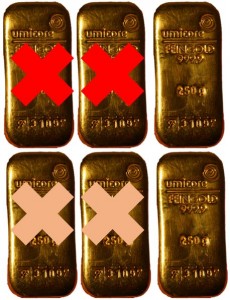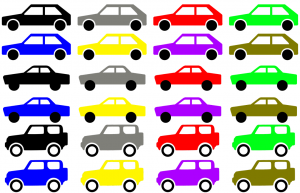 Over Christmas I escaped the cold weather in Germany and relaxed on the warm beaches in Cuba. Of course, being a lean expert, I was also interested in the Cuban economy. As a communist economy (or more precisely, a socialist economy), it is based on centralized planning. In comparison, the capitalist system of the US (and most of the rest of the world) leaves most business decisions to individual entrepreneurs. This is somewhat similar to push and pull in manufacturing. Push systems also rely on centralized planning, while pull systems have their signal from inside the system to match the customer demand. As capitalism outperforms communism, pull usually outperforms push. Hence, in this post I would like to show you the shenanigans that happen in Cuba due to the effects of centralized planning. Warning: Lots of images ahead!
Over Christmas I escaped the cold weather in Germany and relaxed on the warm beaches in Cuba. Of course, being a lean expert, I was also interested in the Cuban economy. As a communist economy (or more precisely, a socialist economy), it is based on centralized planning. In comparison, the capitalist system of the US (and most of the rest of the world) leaves most business decisions to individual entrepreneurs. This is somewhat similar to push and pull in manufacturing. Push systems also rely on centralized planning, while pull systems have their signal from inside the system to match the customer demand. As capitalism outperforms communism, pull usually outperforms push. Hence, in this post I would like to show you the shenanigans that happen in Cuba due to the effects of centralized planning. Warning: Lots of images ahead!
Read more








